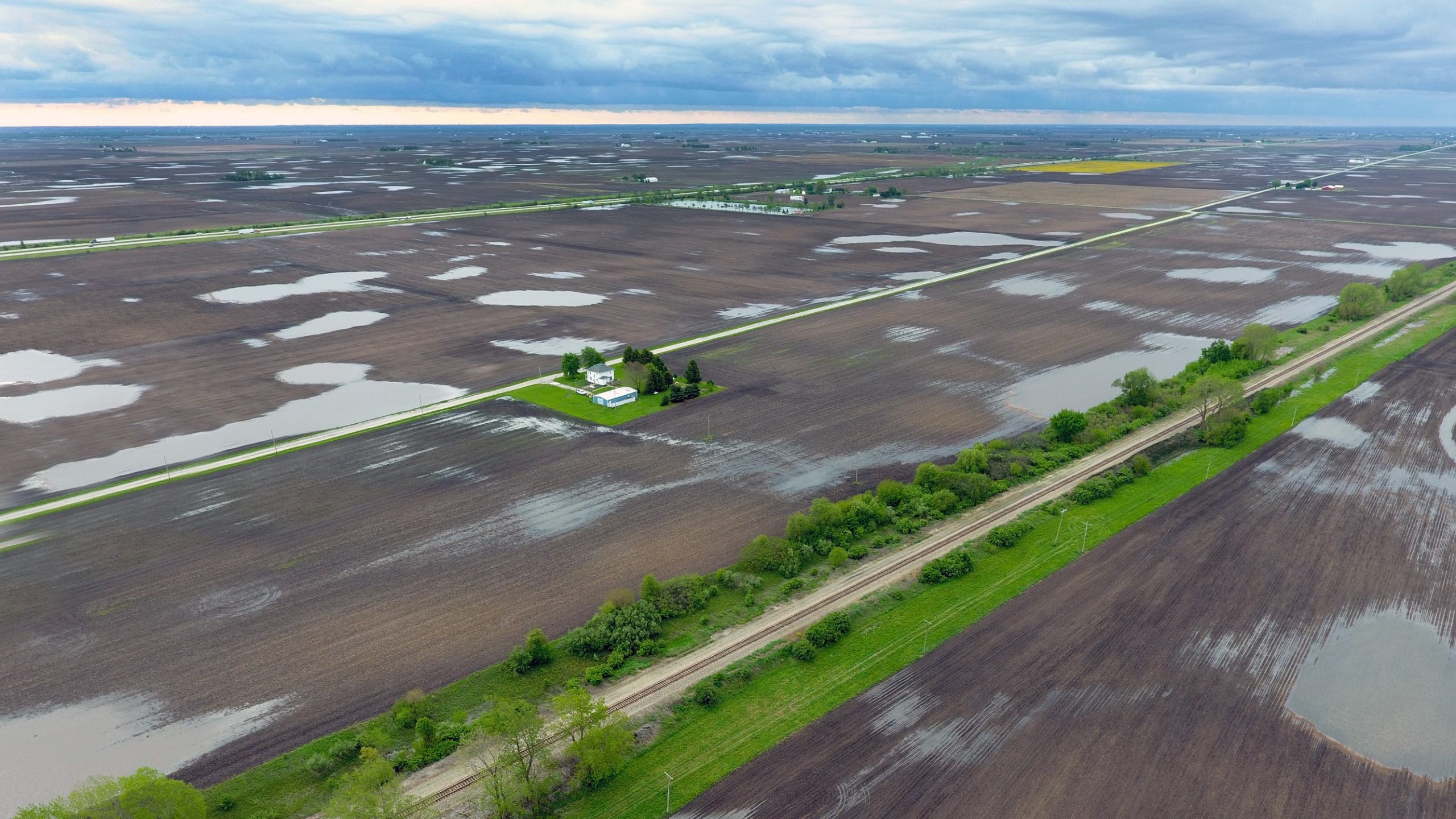Updated Supply and Demand for Corn and Soybeans
This webinar discusses the implications of the January Crop Production report and the December 1 stocks report. A detailed discussion of USDA’s December stocks report will provide a clearer picture of the impact on corn and soybean balance sheets. The webinar will review the USDA’s U.S. corn and soybean yield and production estimates for the 2019 crop year. An analysis of the production estimates combined with projections of marketing year consumption provide a basis for projections of the magnitude of year-ending stocks in the 2019-20 marketing year. The implications for marketing year average prices as well as the likely pattern of prices during the 2019-20 marketing year and beyond will be discussed with specific references to the pending trade deal with China.

















































